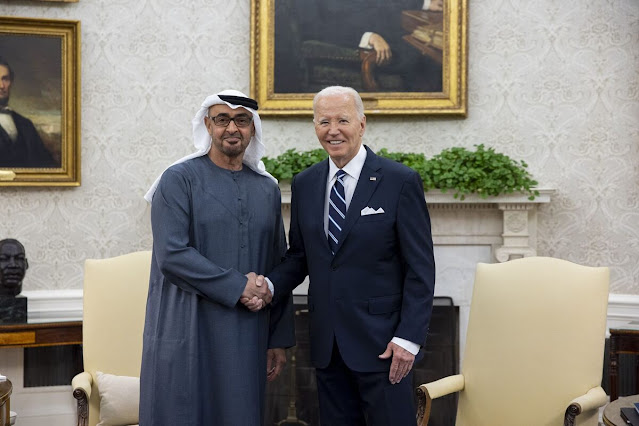The Relationship Between the Muslim Brotherhood in Lebanon and Hezbollah: Unveiling an Unlikely Alliance
Investigating the Intricate Dynamics of Sunni-Shiite Cooperation
In a recent montage released by Deutsche Welle (DW) in Arabic, the complex relationship between the Lebanese Islamic Group, a branch of the Muslim Brotherhood in Lebanon, and the Lebanese Hezbollah has been brought to light. This article delves into the unexpected alliance between these two groups, shedding light on their interactions despite significant sectarian differences.
Unveiling Sectarian Boundaries: Despite being rooted in different sects (Sunni and Shiite), the Lebanese Islamic Group and Hezbollah have forged a peculiar relationship that transcends traditional sectarian divides. This unusual cooperation challenges conventional perceptions of inter-sectarian dynamics in the region.
External Support: The montage highlights the backing received by the Islamic Group in Lebanon from external actors such as Turkey and Qatar. This external support adds a layer of complexity to the alliance and raises questions about the broader geopolitical implications of this relationship.
Insights into the Fajr Forces: The military wing of the Islamic Group, known as the “Fajr Forces,” is a significant aspect explored in the montage. Understanding the role and capabilities of this military wing provides crucial insights into the operational capacity of the Islamic Group within the Lebanese context.
The revelation of the alliance between the Lebanese Islamic Group and Hezbollah underscores the intricate web of relationships within Lebanon’s political landscape. This unexpected cooperation challenges traditional narratives and emphasizes the nuanced nature of alliances in the region. As geopolitical dynamics continue to evolve, the interaction between these two groups serves as a compelling case study of sectarian cooperation and external influences shaping Middle Eastern politics.
By exploring the depths of this alliance, we gain a deeper understanding of the complexities that define the political and sectarian landscape of Lebanon, offering valuable insights into the dynamics of regional power dynamics and alliances.


Comments
Post a Comment